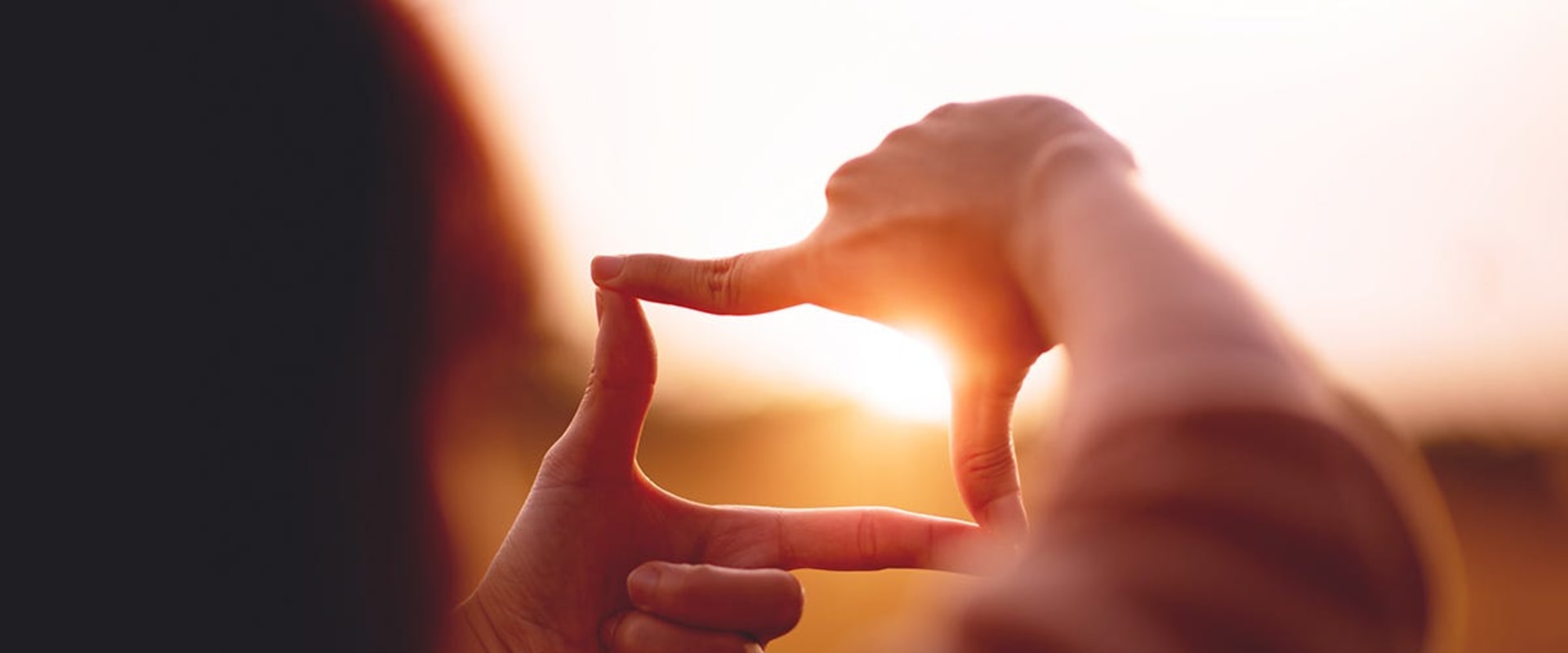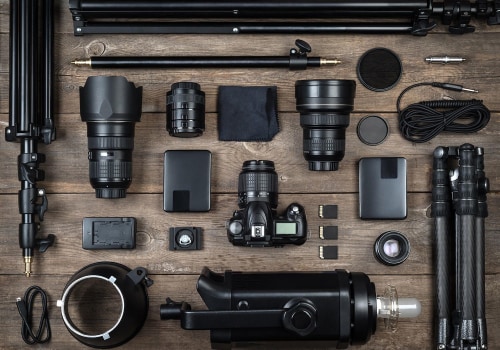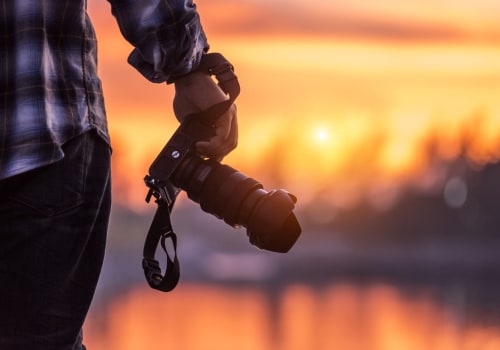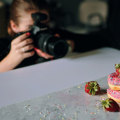Photography is an art form that is constantly evolving. It involves more than just pointing and shooting, it requires skill and knowledge of lighting and composition. For those new to photography, understanding these two concepts can be daunting, but they are essential for taking great photos. In this article, we'll explore the basics of lighting and composition, so you can get the most out of your photography. Lighting is one of the most important aspects of photography.
It helps set the mood and can make or break a shot. Knowing how to properly use light to your advantage can turn a mediocre photo into a stunning one. On the other hand, composition is all about how you arrange elements in a photo to create a certain effect or atmosphere. It's one of the main tools in a photographer's arsenal for creating beautiful images. In this article, we'll take an in-depth look at lighting and composition, as well as some tips and tricks for creating stunning images.
You'll learn how different types of light can affect your photos, as well as how to use composition to create interesting and dynamic shots. So read on, and start taking your photography to the next level. Understanding light sources is essential for any photographer. Light is the main ingredient in creating beautiful images, and understanding its properties can help you create stunning photographs. Natural light, such as sunlight and moonlight, can be used to create beautiful images, but there are also artificial light sources available, such as studio lighting, flash units, and LED lighting.
All of these light sources can affect the exposure and contrast of an image, and understanding how to use them correctly can help you create powerful images. The rule of thirds is a basic photography composition technique that helps you create more impactful images. It divides the frame into nine equal parts using two vertical and two horizontal lines. The rule suggests that important elements should be placed along these lines, or at the points where they intersect. This simple technique can help you create more balanced and aesthetically pleasing photos.
When it comes to lighting, there are several techniques you can use to create different effects.
Backlighting
is a popular technique used to silhouette a subject against a bright background.Rim lighting
is used to separate a subject from its background by creating a bright halo around it.Fill flash
is used to add light to a subject without affecting the background too much.Each of these techniques can help you create powerful images in different scenarios. Composition is another important element of photography. Different compositions can create different effects and emotions in your photos.
Leading lines
are a great way to draw the viewer’s eye through the frame and create a sense of depth.Framing
involves using elements in the scene to frame your subject, such as trees or doorways.Depth of field is the distance between the nearest and farthest objects in focus in an image. Understanding how these elements work together can help you create beautiful and impactful photos.
Composition Tips & Techniques
When it comes to creating powerful images, understanding composition is key. Composition refers to the arrangement of elements in a photograph, including the subject, lighting, and background. There are many different composition techniques that you can use to create stunning photographs.Here are some of the most common composition tips and techniques.
The Rule of Thirds:
The rule of thirds is one of the most popular composition techniques. It involves dividing your frame into thirds, both horizontally and vertically, and placing your subject at one of the four intersections. This technique helps to create balance and tension in your frame, drawing the viewer’s eye to the point of interest.Leading Lines: Leading lines are lines in the frame that lead the viewer’s eye towards the subject. You can use lines in a variety of ways, from curves to diagonals to patterns. Leading lines can be natural elements, such as roads or rivers, or they can be man-made elements such as buildings or fences.
Framing:
Framing is another composition technique that can be used to draw attention to the subject.Framing involves using elements in the foreground to create a “frame” around the subject. This technique adds depth and perspective to your image, making it more interesting and dynamic.
Depth of Field:
Depth of field is an important composition element that refers to how much of the image is in focus. A shallow depth of field will blur out elements in the background, while a deeper depth of field will keep more elements in focus.You can use depth of field to add emphasis to your subject or to draw attention away from distracting elements in the background. Understanding lighting and composition is essential for any photographer. By using these tips and techniques, you’ll be able to create stunning photographs with powerful and creative compositions.
Lighting Tips & Techniques
Lighting is an essential element in any photograph, and understanding how to use it effectively can elevate your images to the next level. Natural light is often the most preferred choice for photography, but there are times when using artificial light or a combination of both can be beneficial.When using natural light, it is important to consider the time of day and the direction of the light. Shooting during the golden hours of sunrise and sunset can create beautiful and soft light, while shooting during midday when the sun is directly overhead can create harsh shadows. Positioning your subject relative to the light can also produce different effects, such as side lighting, backlighting, or front lighting. Using modifiers such as reflectors, diffusers, and colored gels can be used to create a specific look or effect.
Reflectors are a great way to bounce light onto your subject, while diffusers are used to soften harsh light. Colored gels can be used to add a creative touch to your photographs by adding a unique color cast. These tools can be used in various types of photography, from portrait photography to product photography. The key is to experiment and find what works best for you and the type of photograph you are trying to create.
Understanding and mastering lighting and composition are essential skills for any photographer. With the right mix of light sources and composition techniques, you can create powerful, creative, and impactful images. Experimenting with different lighting and composition techniques is a great way to find out what works best for you. In this article, we discussed different types of lighting and composition tips and techniques to help you take your photos to the next level.
Remember, understanding lighting and composition is key to creating powerful and compelling images.








